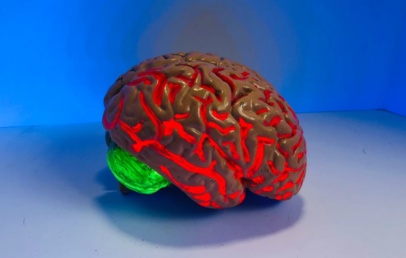
Lower the Risk of Having a Stroke
Stroke is one of the leading causes of death and disability worldwide, but research shows that diet can play a huge role in prevention. The right foods can lower blood pressure, balance cholesterol, reduce inflammation, and protect blood vessels, all factors that help reduce the risk of stroke. By adding more of these foods to your daily meals, you give your body powerful tools to stay healthier and protect your brain.
Here are 11 foods proven to help reduce stroke risk.
1. Fatty Fish
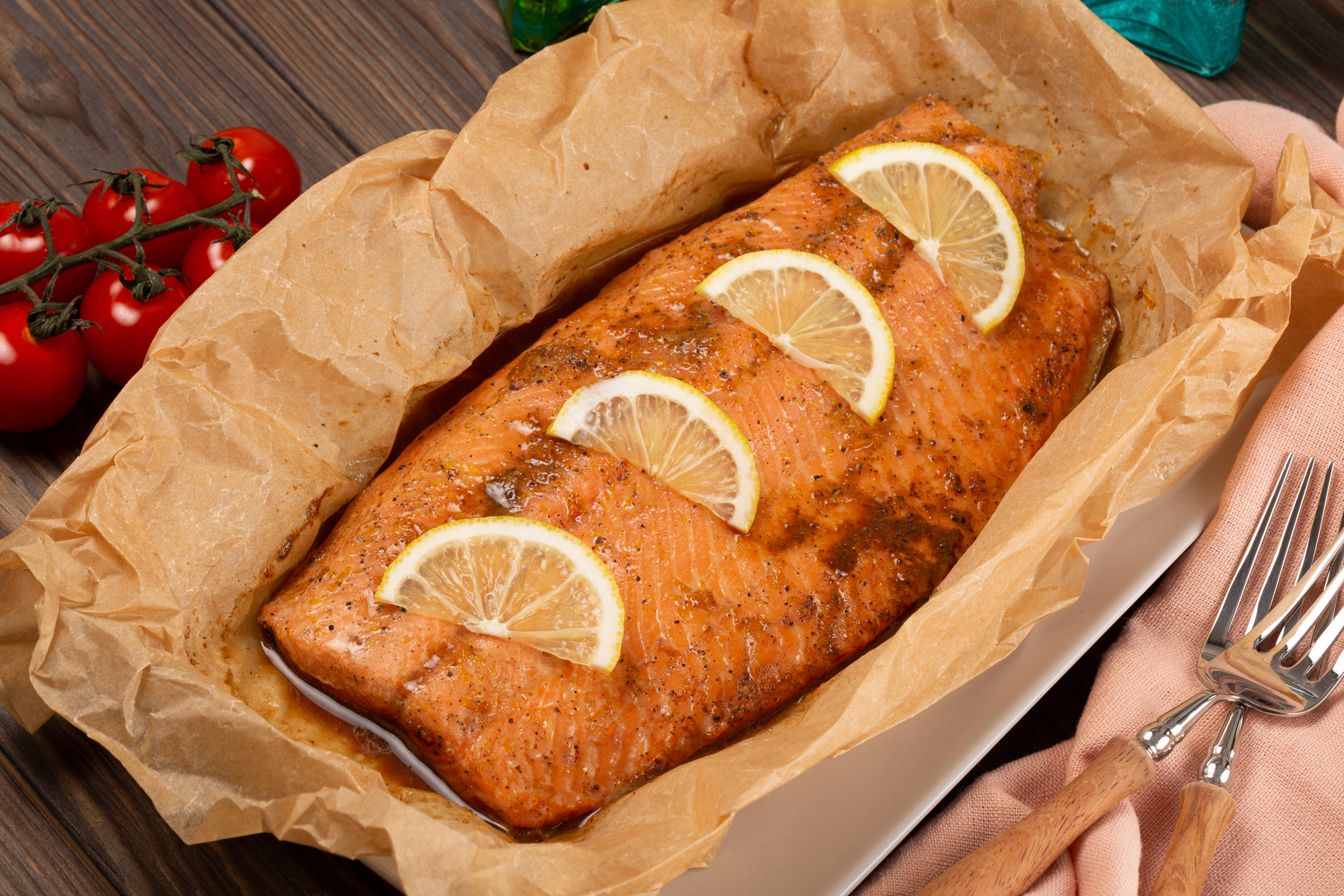
Salmon, mackerel, sardines, and trout are rich in omega-3 fatty acids, which lower triglycerides, reduce inflammation, and keep arteries flexible. Two servings of fatty fish per week can help lower your risk of stroke and heart disease.
2. Leafy Greens
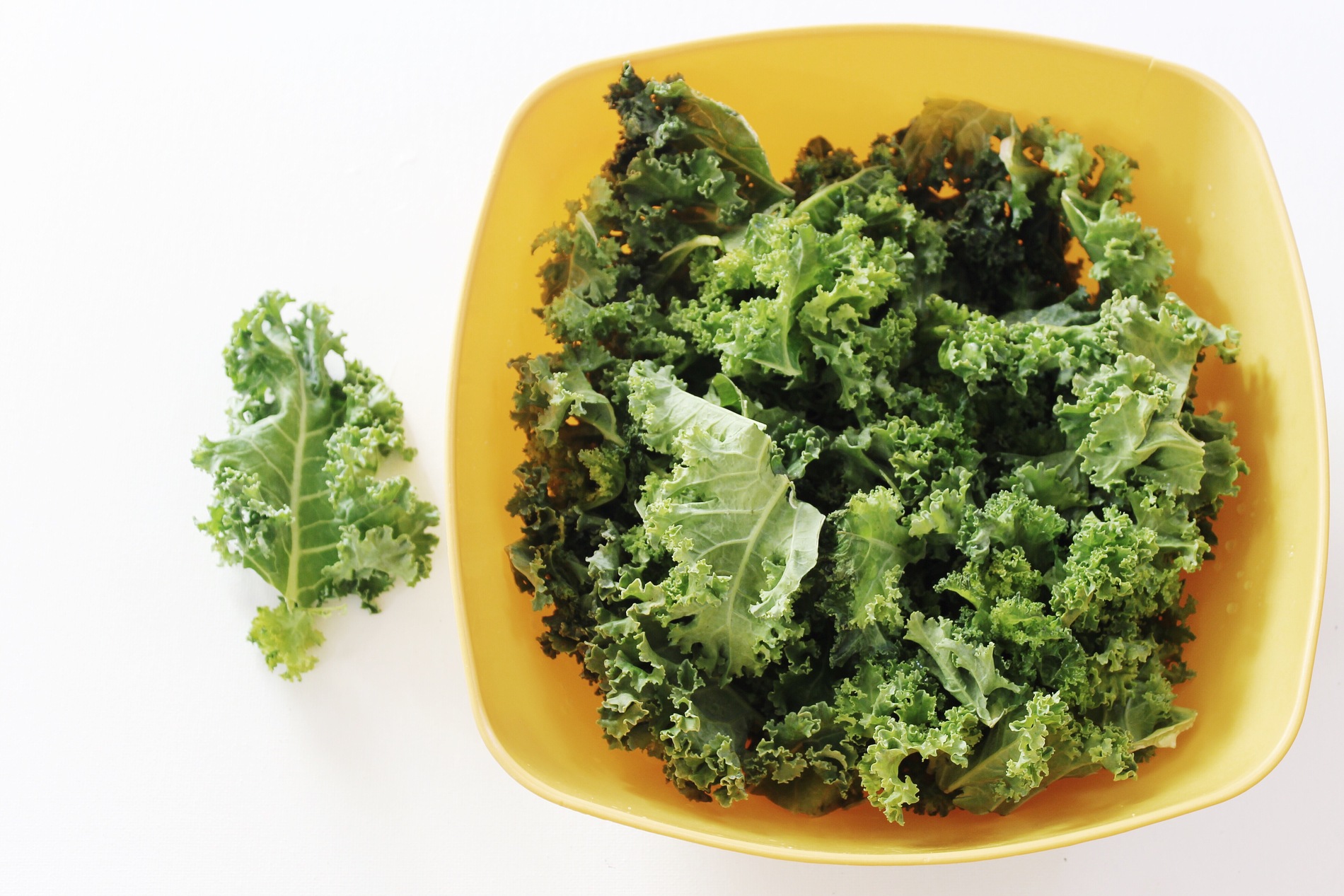
Spinach, kale, and collard greens are high in potassium, magnesium, and folate. These nutrients lower blood pressure and protect blood vessels, making leafy greens some of the most protective foods against stroke.
3. Berries

Blueberries, raspberries, and strawberries are packed with anthocyanins and other antioxidants that protect blood vessels from oxidative damage. Regular berry consumption has been linked to better brain health and a lower risk of stroke.
4. Whole Grains

Brown rice, oats, barley, and whole wheat bread provide fiber that helps lower LDL (bad) cholesterol and balance blood sugar. A high intake of whole grains is consistently linked with lower rates of cardiovascular disease and stroke.
5. Nuts

Almonds, walnuts, and pistachios provide healthy fats, fiber, and vitamin E. Just a small handful a few times a week helps lower cholesterol, reduce inflammation, and protect your arteries.
6. Citrus Fruits
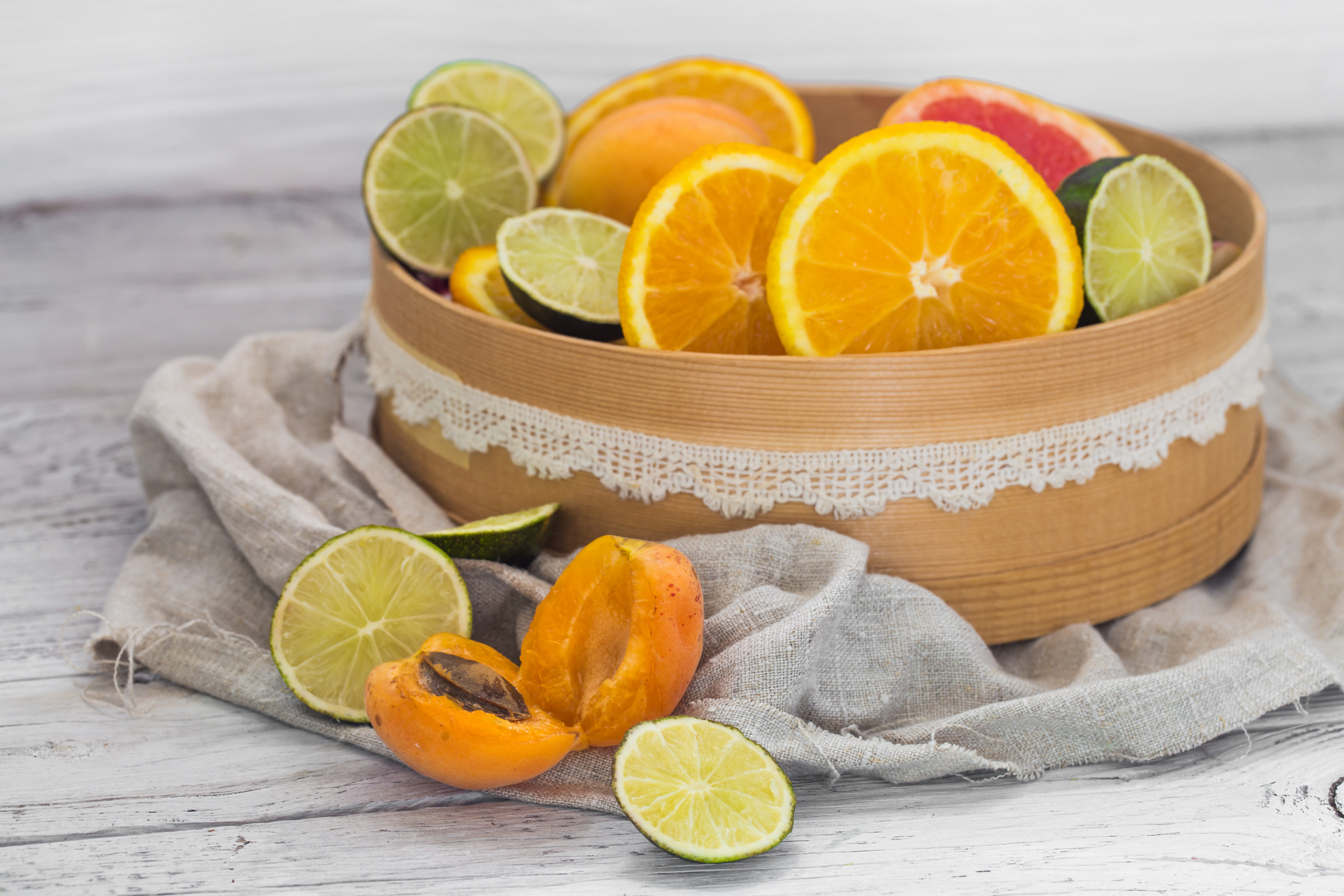
Oranges, grapefruits, and lemons are rich in vitamin C and flavonoids, which improve blood vessel health and reduce clot formation. Eating the whole fruit provides fiber as well, making citrus especially stroke-protective.
7. Beans and Lentils

Legumes like beans, lentils, and chickpeas are rich in potassium, magnesium, and soluble fiber. They help regulate blood pressure, lower cholesterol, and support overall vascular health.
8. Tomatoes

Tomatoes contain lycopene, an antioxidant that reduces oxidative stress and inflammation. Studies show that people with higher lycopene levels in their blood have a lower risk of stroke.
9. Garlic
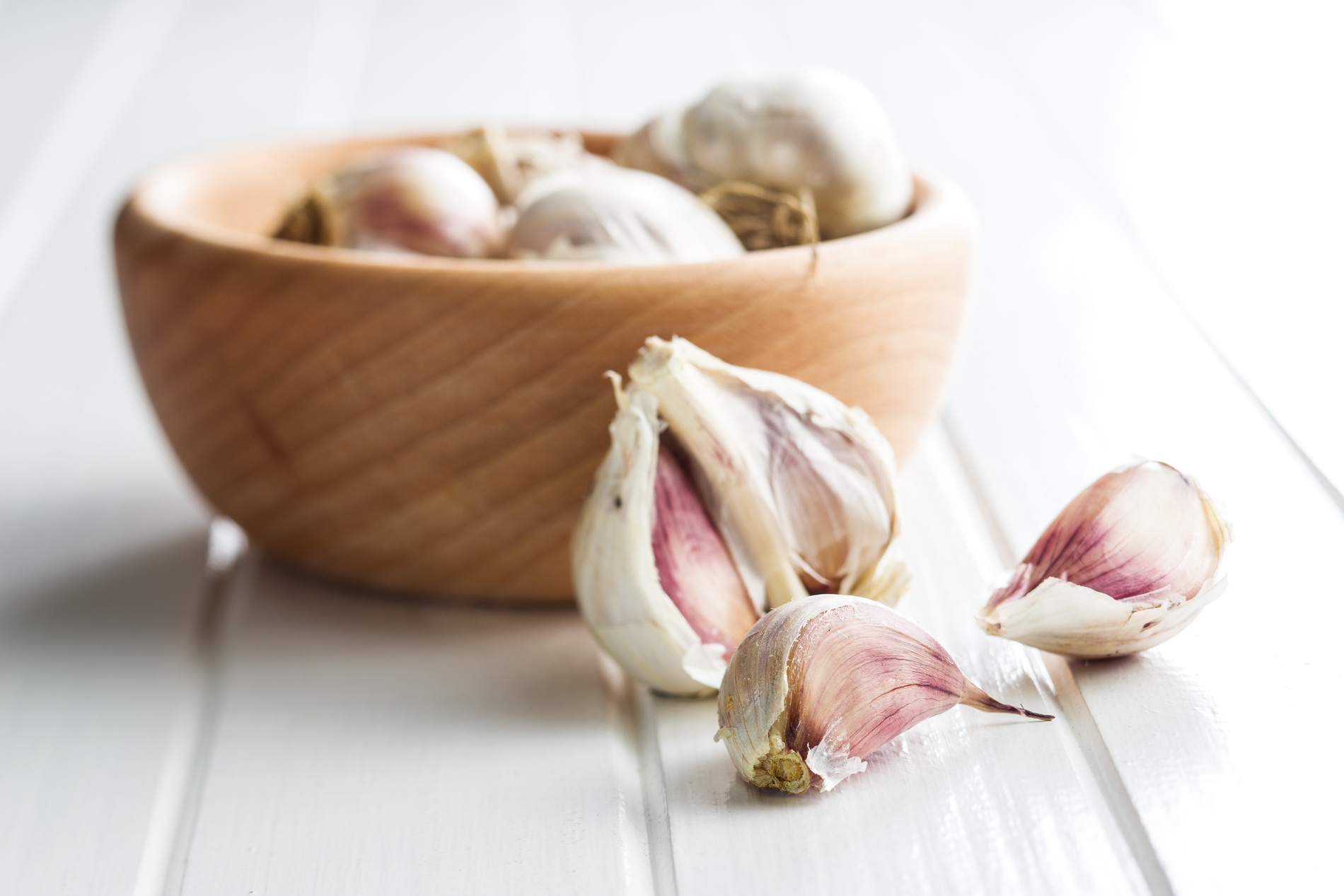
Garlic helps improve circulation and has natural blood-thinning effects, reducing the risk of clots. It also lowers blood pressure and cholesterol levels, making it a key food for stroke prevention.
10. Avocados
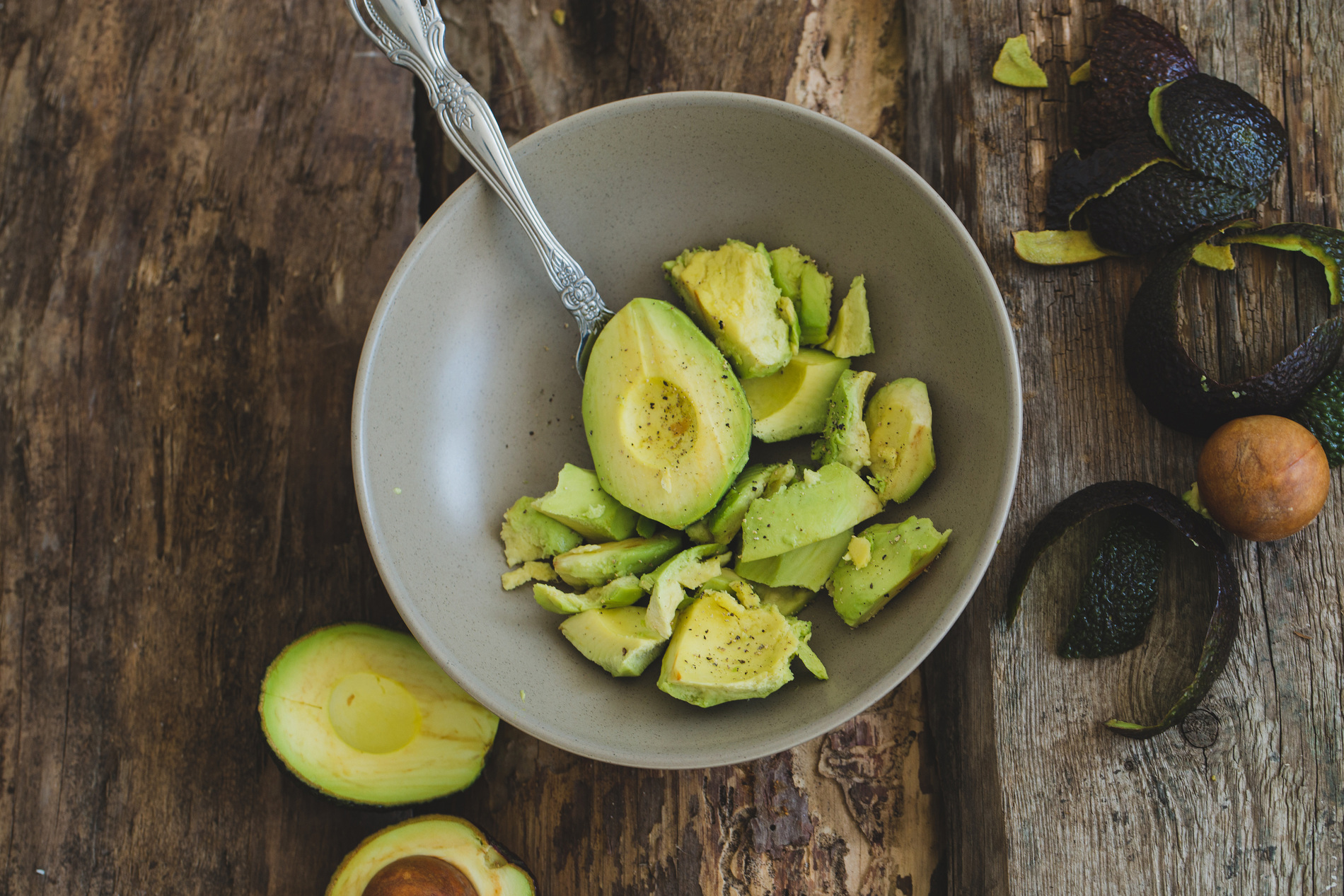
Avocados provide monounsaturated fats and potassium, which lower blood pressure and improve cholesterol balance. Their healthy fat content supports both heart and brain health.
11. Olive Oil

A staple of the Mediterranean diet, extra virgin olive oil is rich in monounsaturated fats and polyphenols that reduce inflammation and support blood vessel function. Using olive oil instead of butter or margarine can significantly lower stroke risk.
Conclusion
Preventing stroke is not just about avoiding unhealthy foods; it’s about filling your diet with protective ones. Fatty fish, leafy greens, citrus fruits, berries, nuts, and olive oil all work together to lower blood pressure, improve cholesterol, and strengthen blood vessels. Making these foods part of your everyday routine is one of the simplest and most effective steps you can take to protect your brain and your heart.



